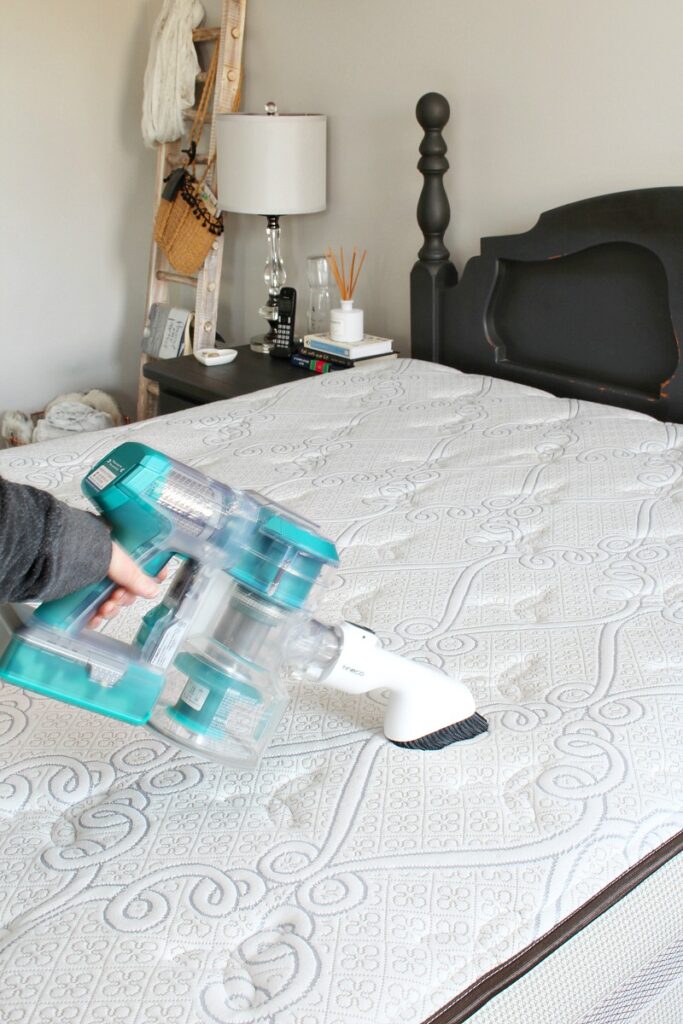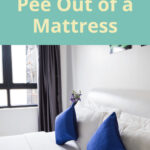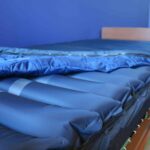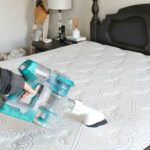If you have ever experienced water damage in your home, you know how difficult it can be to clean a mattress that has been affected. Whether it’s from a flood, a leaky pipe, or a spill, it is important to know how to clean a mattress from water damage in order to prevent further damage and keep your mattress clean and stain-free. In this article, we will provide you with tips and tricks on how to do just that.
Causes of Water Damage to Mattresses
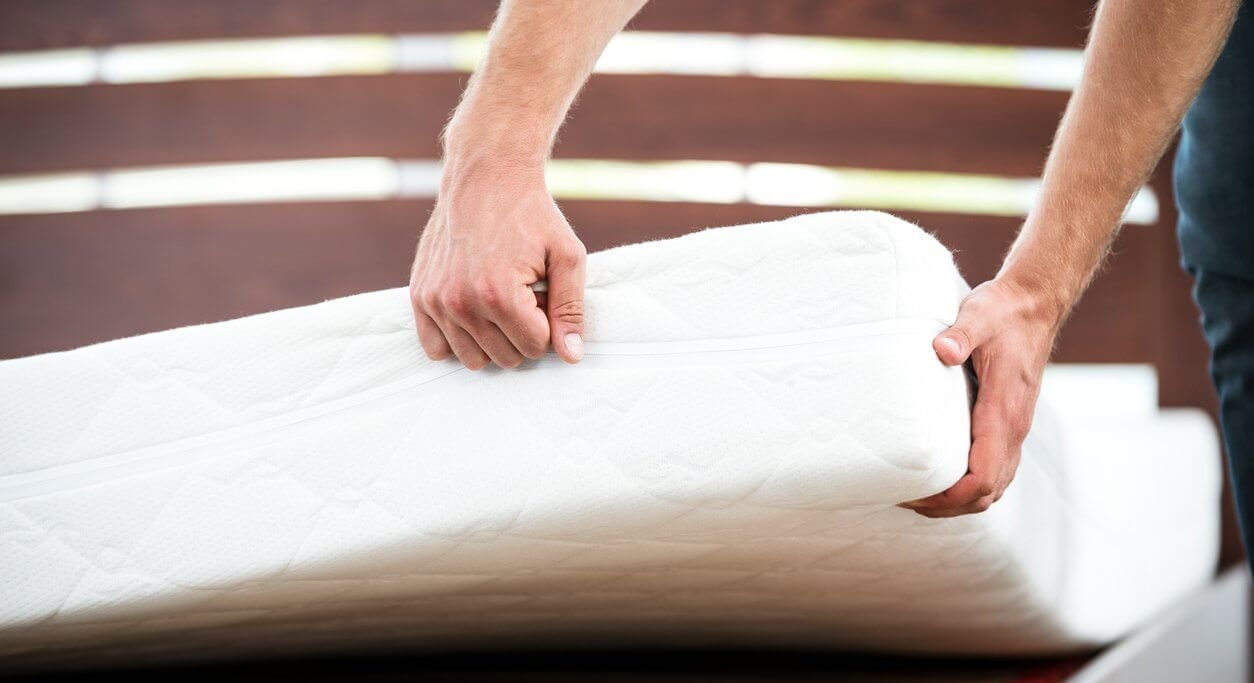
Water damage to mattresses can be caused by a variety of sources including floods, spills, and leaky roofs. Water that seeps into a mattress can cause damage to the mattress material and can even lead to mold and mildew growth. In addition, the mattress can absorb water and become saturated, leading to a decrease in the mattress’s support and comfort levels. It is important to take immediate action to prevent further damage and clean the mattress as soon as possible.
The most common cause of water damage to mattresses is spills. Whether it’s a drink knocked over while sleeping or a child’s accident, it is important to clean up the spill as soon as possible. If left to sit, the liquid can seep into the mattress, causing the mattress material to become waterlogged and damaged.
Leaky roofs can also be a source of water damage to mattresses. If you live in an area that experiences heavy rain or snow, it is important to check your roof regularly for signs of water damage. If there is any evidence of water coming through, it is important to have your roof inspected as soon as possible to prevent further damage.
Floods can also cause water damage to mattresses. If a flood occurs, it is important to take immediate action to remove the mattress from the area and allow it to dry out as quickly as possible. To help speed up the drying process, you can use a wet/dry vacuum or a fan to help dry out the mattress.
Once you have identified the source of the water damage, it is important to take action to prevent further damage and clean the mattress as soon as possible. If you’re not sure how to get water out of a mattress, there are a few tips and tricks you can use to help keep your mattress clean and free from water damage.
Assessing the Extent of Damage
- Check the mattress fabric: If the mattress has a fabric cover, inspect it closely for watermarks, stains, and other signs of damage.
- Check the mattress core: Remove the fabric cover and examine the foam or other material at the core of the mattress for signs of water damage.
- Check for mold or mildew: This can be especially dangerous for your health and will require professional cleaning and treatment.
- Check for structural damage: If the water has been left on the mattress for an extended period of time, it may have caused structural damage to the mattress and its frame.
Once you have thoroughly inspected the mattress, you can determine the extent of the damage and decide if you need to call in a professional cleaner or if the stain can be removed with the right cleaning supplies.
Removing Excess Water
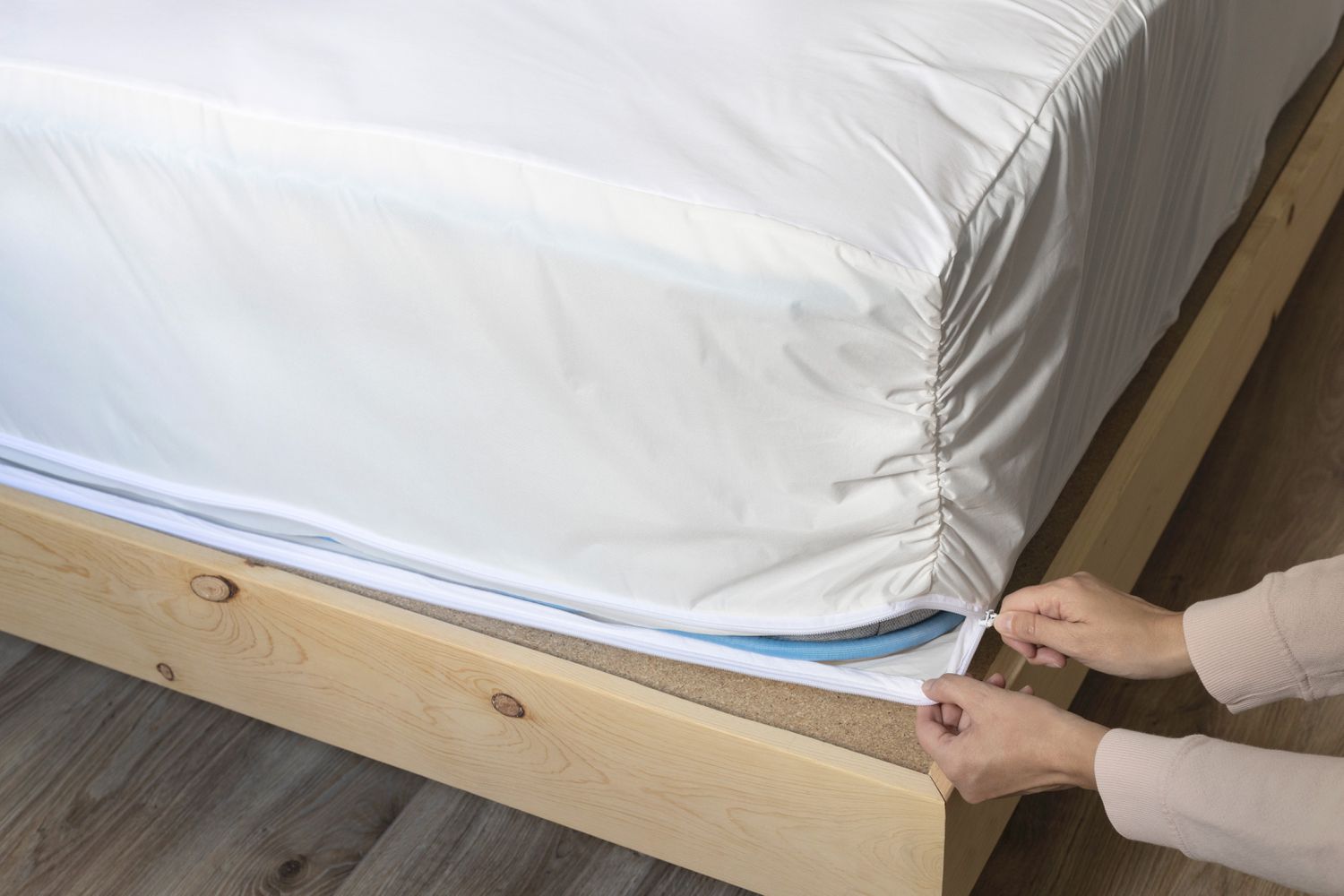
| Step | Instructions |
|---|---|
| 1 | Remove any standing water on the mattress surface using a clean, absorbent cloth. |
| 2 | Use a wet/dry vacuum to remove any moisture from the mattress. |
| 3 | If possible, place the mattress in the sun to dry. |
| 4 | If the mattress cannot be placed in the sun, use fans to help dry the mattress. |
| 5 | Allow the mattress to dry completely before continuing to the next step. |
Once the mattress is dry, use a clean cloth to remove any remaining moisture. Make sure the mattress is completely dry before proceeding to the next step.
Drying the Mattress
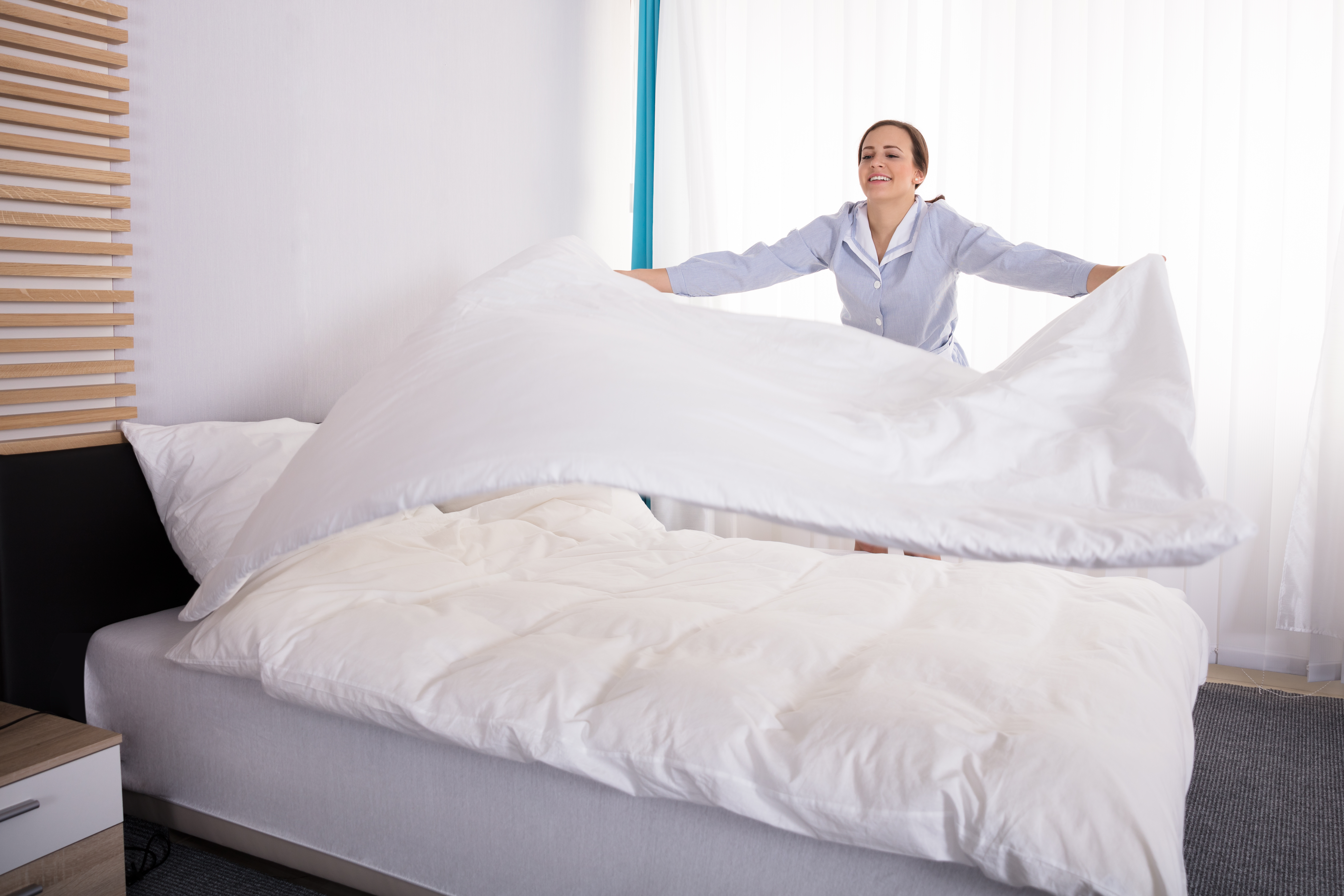
Once the mattress has been cleaned, it’s important to dry it as quickly as possible. This can be done by either air-drying it or using a dehumidifier.
Air-Drying: To air-dry the mattress, open the windows and doors and place a fan near the mattress to help the air circulate. Place a towel underneath the mattress to absorb any extra moisture. Leave the fan running for a few hours, or until the mattress is completely dry.
Dehumidifier: Using a dehumidifier is the most efficient way to dry the mattress. Place the dehumidifier next to the mattress and leave it running until the mattress is completely dry. To ensure the mattress is completely dry, check it periodically with a moisture meter.
Cleaning the Mattress
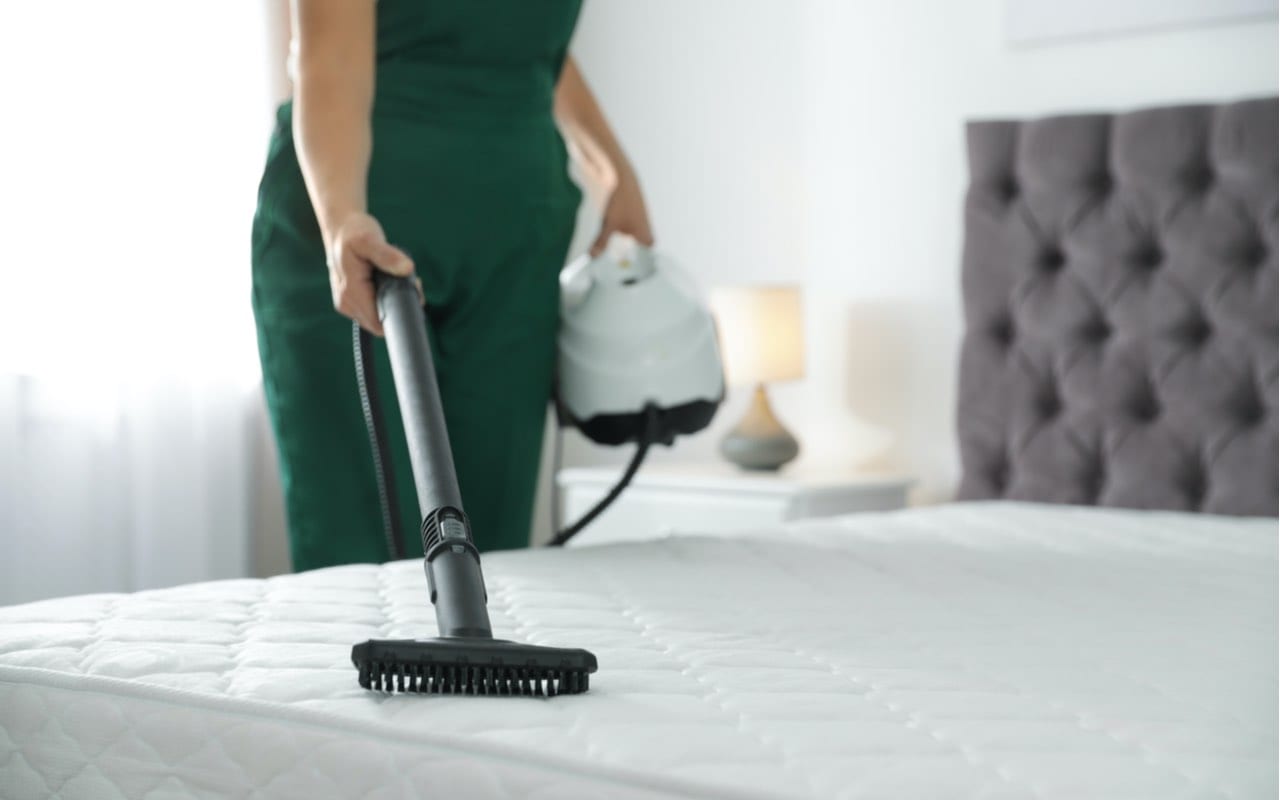
- Vacuum: Vacuum the mattress using an upholstery attachment to remove any dirt, dust, and debris.
- Wipe: Use a dry cloth to wipe down the mattress, paying special attention to areas affected by water damage.
- Spray: Spray the mattress with a solution of equal parts white vinegar and water, then wipe it down with a clean cloth.
- Dry: Dry the mattress thoroughly with a fan or hairdryer set to cool.
- Deodorize: Sprinkle baking soda over the mattress, leave for 10 minutes, then vacuum off.
- Treat: Treat any remaining stains with a stain remover specifically designed for mattresses.
Deodorizing the Mattress
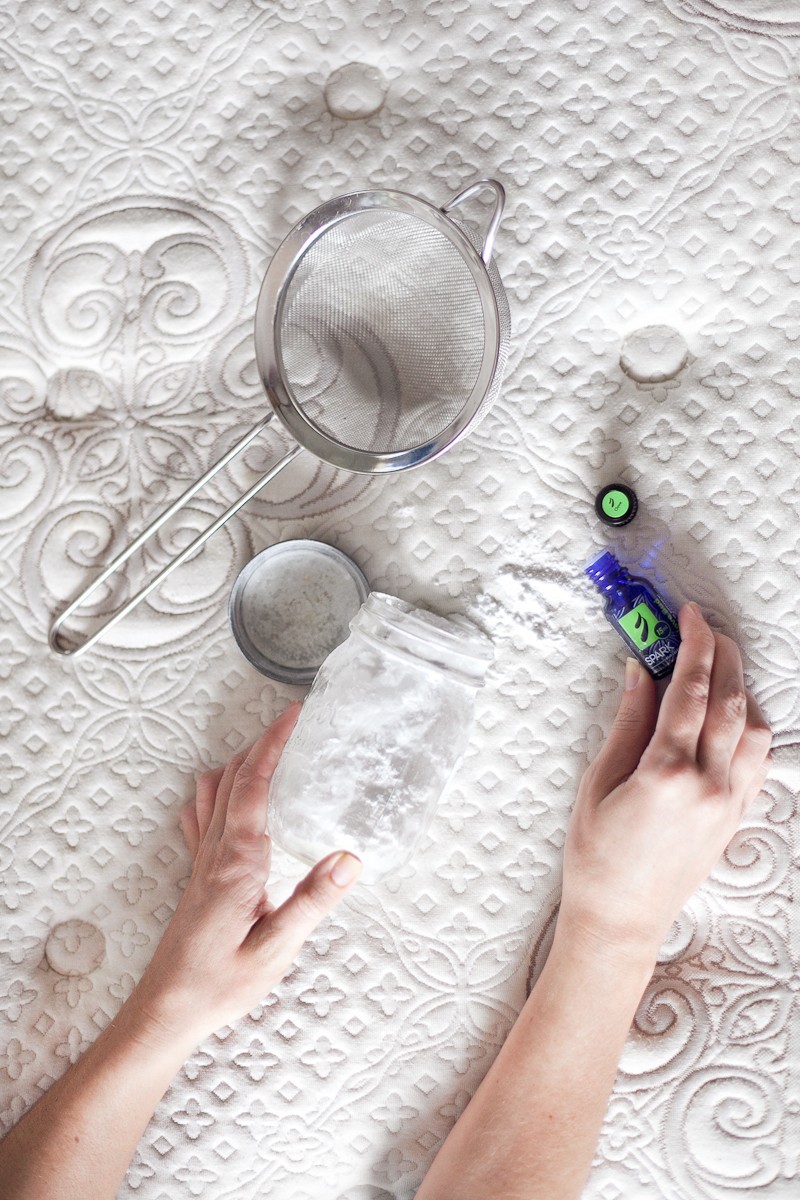
- Deodorizing the mattress is a great way to freshen it up and get rid of any smells that may have accumulated over time.
- Baking soda is an effective deodorizer that can help absorb and eliminate odors. Sprinkle a generous amount of baking soda over the mattress and let it sit for at least 30 minutes before vacuuming it up.
- Essential oils are a natural way to add a pleasant scent to your mattress. Try a few drops of lavender or lemongrass oil in a spray bottle filled with water and spritz it on the mattress.
- Vinegar can also be used for deodorizing your mattress. Mix one part vinegar with one part water and spray it over the mattress. Let it sit for 10-15 minutes before wiping it down with a damp cloth.
- A mattress protector is a great way to help keep your mattress clean and fresh. It serves as a barrier between your mattress and any spills or stains.
Sanitizing the Mattress
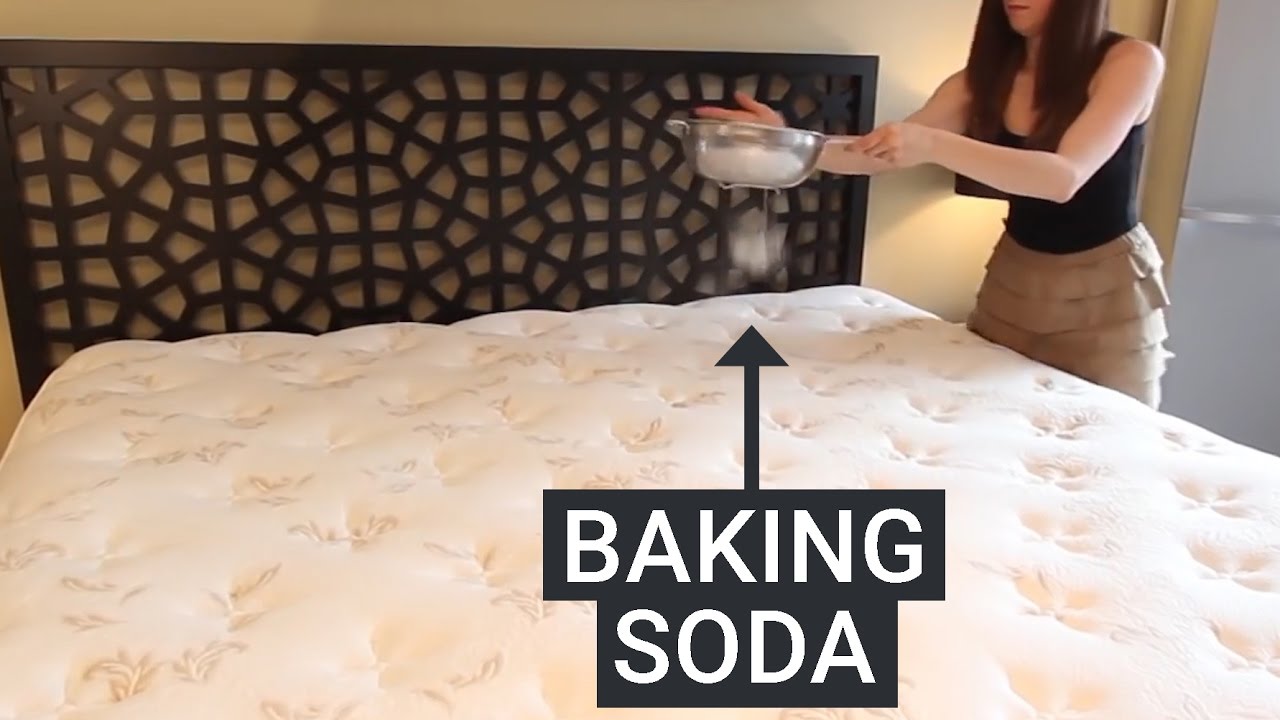
- Vacuum the mattress – Start by vacuuming the mattress to get rid of any dirt and dust. Make sure to vacuum the top, sides, and bottom of the mattress.
- Steam clean the mattress – Steam cleaning the mattress is a great way to sanitize it and get rid of any water damage. You can do this with a handheld steam cleaner or a steam cleaner machine.
- Use a disinfectant – You can also use a disinfectant to sanitize the mattress. Make sure to wear protective gear and follow the instructions on the bottle.
- Wash the mattress cover – If the mattress has a cover, you should wash it separately. Make sure to follow the instructions for the cover.
- Air dry the mattress – Once you have sanitized and washed the mattress, let it air dry before using it. It may take a few days for the mattress to dry completely.
Preventing Future Water Damage
The best way to protect your mattress from water damage is to take preventive measures before the damage occurs. To do so, be sure to check for any leaks near the bed, including those from the roof, windows, and plumbing fixtures. Repair any leaks quickly and make sure any roofing or plumbing issues are addressed.
In addition, you should keep the area around the bed dry and clean. Use a dehumidifier to reduce moisture in the air and keep the mattress away from sources of heat, such as radiators and exhaust fans.
If you have pets, make sure they don’t urinate near the bed. You should also clean up any spills and stains immediately.
Finally, use a waterproof mattress protector and mattress pad to protect the mattress from any liquids that may come in contact with it. This will help to keep the mattress clean and dry.
In summary, taking preventive measures is the best way to protect your mattress from water damage. Check for leaks, keep the area around the bed dry and clean, and use a waterproof mattress protector and mattress pad.
Frequently Asked Questions
What Materials Do I Need to Clean My Mattress From Water Damage?
Vacuum Cleaner: A vacuum cleaner is essential for removing dirt and moisture from the mattress. Use an upholstery attachment to suction any liquid from the mattress.
Cleaning Detergent: Choose a gentle, non-abrasive detergent to clean the mattress.
Clean Cloth: Use a clean, dry cloth to rub the detergent into the mattress.
Drying Towels: Place several layers of dry towels on the mattress to absorb any remaining moisture.
Mattress Protector: Invest in a waterproof mattress protector to protect your mattress from future water damage.
How Long Will It Take to Clean My Mattress?
Cleaning a mattress from water damage can take anywhere from a few hours to a few days, depending on the extent of damage, the type of mattress and the cleaning techniques used.
- For light water damage and stains, it may take a few hours to spot-treat and dry the mattress.
- For more severe damage, it may take a few days to completely clean and sanitize the mattress.
- If the mattress is infested with bed bugs, it may take an additional two to three days to completely clean and sanitize it.
To ensure that your mattress is properly cleaned, it’s best to consult a professional cleaning service. They will be able to assess the damage, recommend the best cleaning methods and provide a more accurate timeline for completion.
Can I use a Vacuum Cleaner to Clean My Mattress?
Yes! Vacuuming can help to remove dust, dirt, and other debris from your mattress. Here are some tips for doing so effectively:
- Use an upholstery attachment to get into hard-to-reach crevices and fabric folds.
- Be sure to vacuum the mattress on both sides.
- Pay special attention to the seams and edge of the mattress.
- Vacuum in a slow and steady manner. Do not rush the process.
- If possible, use a vacuum with a HEPA filter to reduce the amount of dust and allergens in the air.
Vacuuming is an effective way to remove dust and dirt from your mattress and can help to reduce the risk of water damage. However, it is important to note that vacuuming alone is not enough to remove all water damage. For that, you will need to use additional cleaning methods.
How do I remove mold and mildew from my mattress?
Mold and mildew can be removed from a mattress by using either a natural or chemical-based solution. Natural solutions include baking soda and vinegar, while chemical-based solutions are available in most stores. To use a natural solution, sprinkle baking soda over the affected area, spray it with vinegar, and let it sit for a few hours. Afterwards, vacuum up the baking soda and use a clean cloth to wipe away any remaining moisture. If using a chemical-based solution, follow the manufacturer’s instructions carefully. Once the solution has been applied, allow it to sit for a few hours before wiping away the excess moisture. If the mold and mildew persists, you may need to repeat the process.
Is it Safe to Use Cleaning Chemicals on My Mattress?
Cleaning chemicals should be used with caution when cleaning a mattress. Some chemicals can be corrosive, damaging the fabric and foam, or cause discoloration. If using cleaning chemicals, test a small, hidden area of the mattress first. Use a gentle, non-toxic cleaning product or a mixture of baking soda and water to avoid any adverse effects.
Conclusion
Cleaning a mattress from water damage is essential to maintain its quality and extend its life. When cleaning a mattress from water damage, it is important to act quickly, remove all moisture, and use the right cleaning products. Following these tips and tricks will help you keep your mattress clean, stain-free, and in great condition for years to come.
